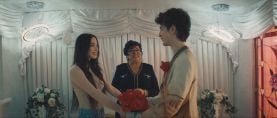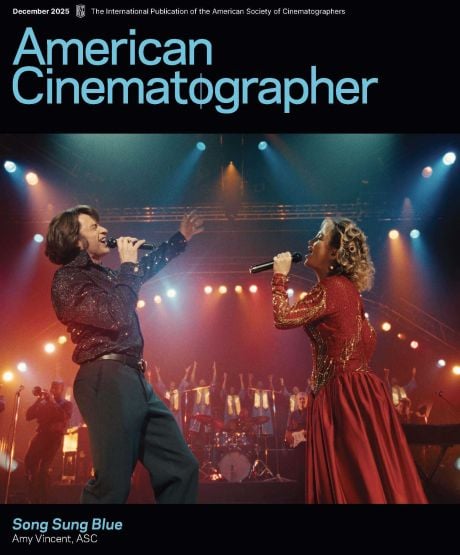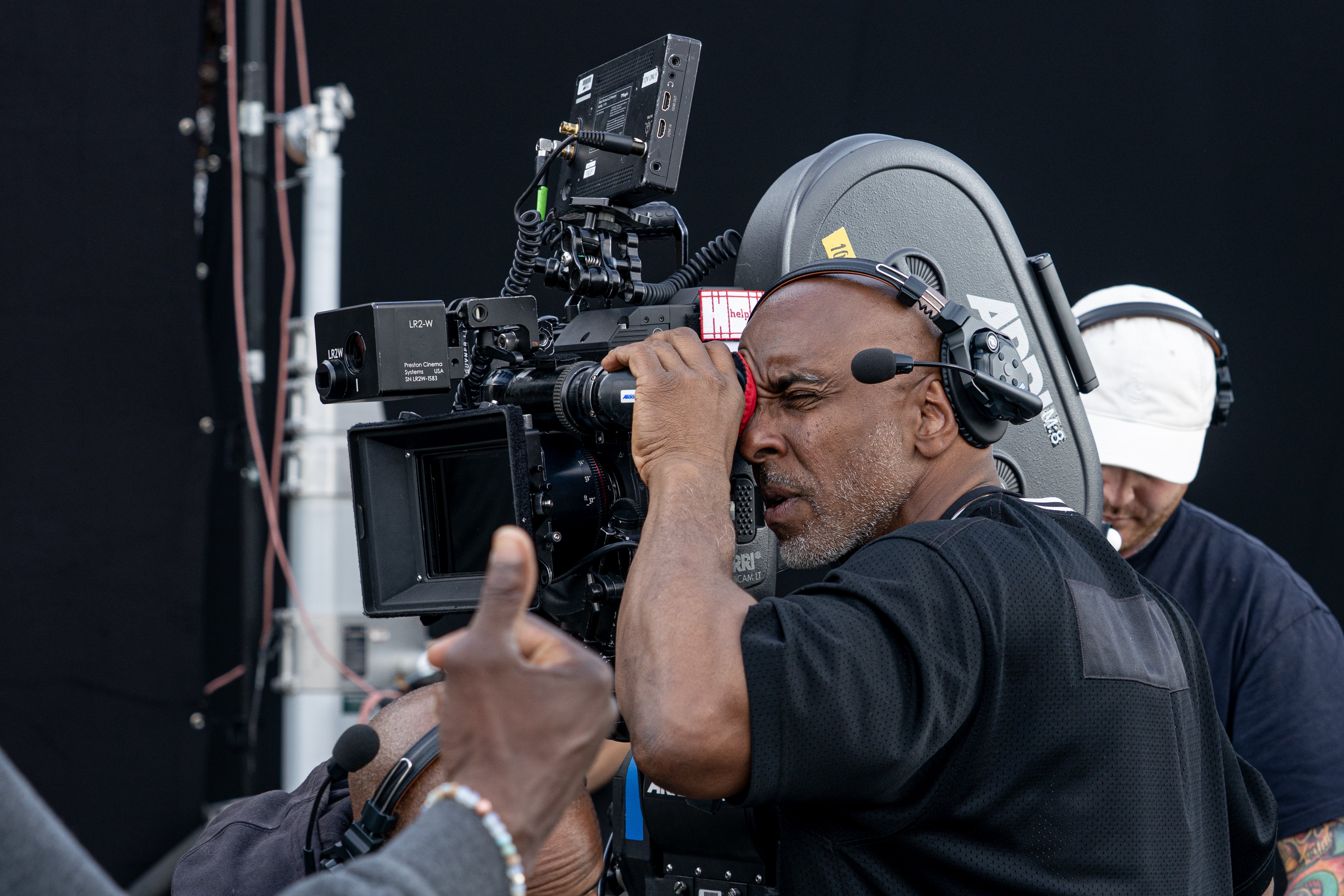
After the Hunt: Cinematographer Malik Hassan Sayeed Returns to Feature Filmmaking
The cinematographer shares key influences, and details his approach to the psychological drama that sparked a new creative partnership with director Luca Guadagnino.
Celebrated for his visually expressive collaborations with directors Spike Lee, Hype Williams and Arthur Jafa, cinematographer Malik Hassan Sayeed took a step back from narrative features in 1998, shifting his focus to music videos, commercials and documentaries to prioritize his family. Luca Guadagnino’s drama After the Hunt marks his return to dramatic features, an endeavor he calls “a marathon” as opposed to the “sprint” of a short-form shoot and “middle-distance run” of a documentary production. (Back in runner’s shape, Sayeed has since reteamed with Guadagnino on another feature, Artificial, shot in San Francisco last summer.)
Set at Yale University, After the Hunt tracks two philosophy professors, Alma (Julia Roberts) and Hank (Andrew Garfield), whose respective bids for tenure are thrown into chaos when Hank is accused of sexual assault by Alma’s star student and mentee, Maggie (Ayo Edebiri). Sayeed, a self-described “student of Bresson” who is “from the tribe of Gordon Willis [ASC],” eschewed an overly cerebral approach to the project, working instead to “elicit emotion and feeling in the audience” through his creative choices. AC recently caught up with the cinematographer to discuss his work on the film.
American Cinematographer: You got your start working with Spike Lee. How did making a feature with Luca Guadagnino compare?
Malik Hassan Sayeed: Working with Spike was like running a tight, disciplined set. He's highly structured, methodical. With Luca, though, it’s a living, breathing organism: he shows up prepared but also deeply present. He doesn’t lock things down with storyboards or rigid shot lists. Instead, he listens to the rehearsal, senses the space, and reacts in the moment and that response might shift the next day. There’s a visceral honesty there, and it pulses on screen.
For After the Hunt, Luca and I looked to timeless vision channeling the hushed emotional universes of Sven Nykvist [ASC] with Bergman and Gordon Willis with Pakula. We wanted the film to feel as if it could have unfolded in the '80s, so we embraced period-authentic lighting: no LEDs, just HMIs, incandescent bulbs, fluorescents, even Xenons, all tech that existed before 1988. (Yes, we tried flying arcs into London from L.A., but the regulatory bodies didn’t allow them).
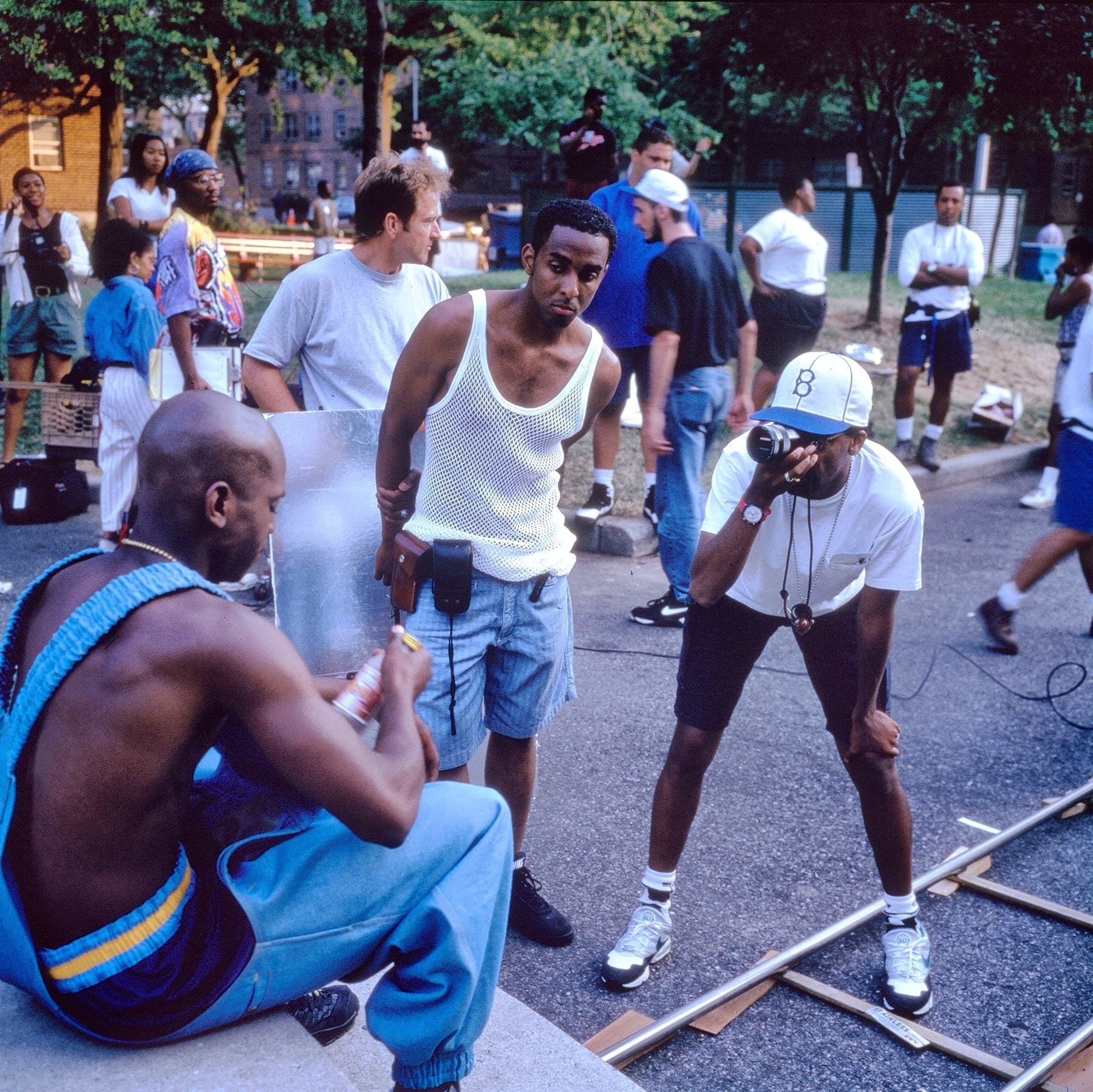
This movie isn’t afraid to exist in the shadows, and the color palette of the actor’s faces in those shadows seems to lean more green.
This movie isn’t afraid to hide in darkness. In the film curve, that exposure graph we live in middle gray is our home, but it’s in the toe, deep in the shadow, where the drama breathes about five stops below. That’s where secrets live, where unspoken truths fester. That’s where we dwell: not in the spotlight, but in the penumbra, quietly exposing the raw undercurrents of these characters’ lives.
Color-wise, I steer away from magenta; its complementary hue is green, and too much magenta throws off the balance. Luca wanted everything real, grounded: no glamour, no fantasy. Wherever we were, the source of the light felt honest. We weren’t building a dreamworld. We were excavating hidden truths. As Harris Savides once said, he "lights the room," and that idea of atmosphere became our north star. We weren’t just illuminating a scene; we were constructing a world.
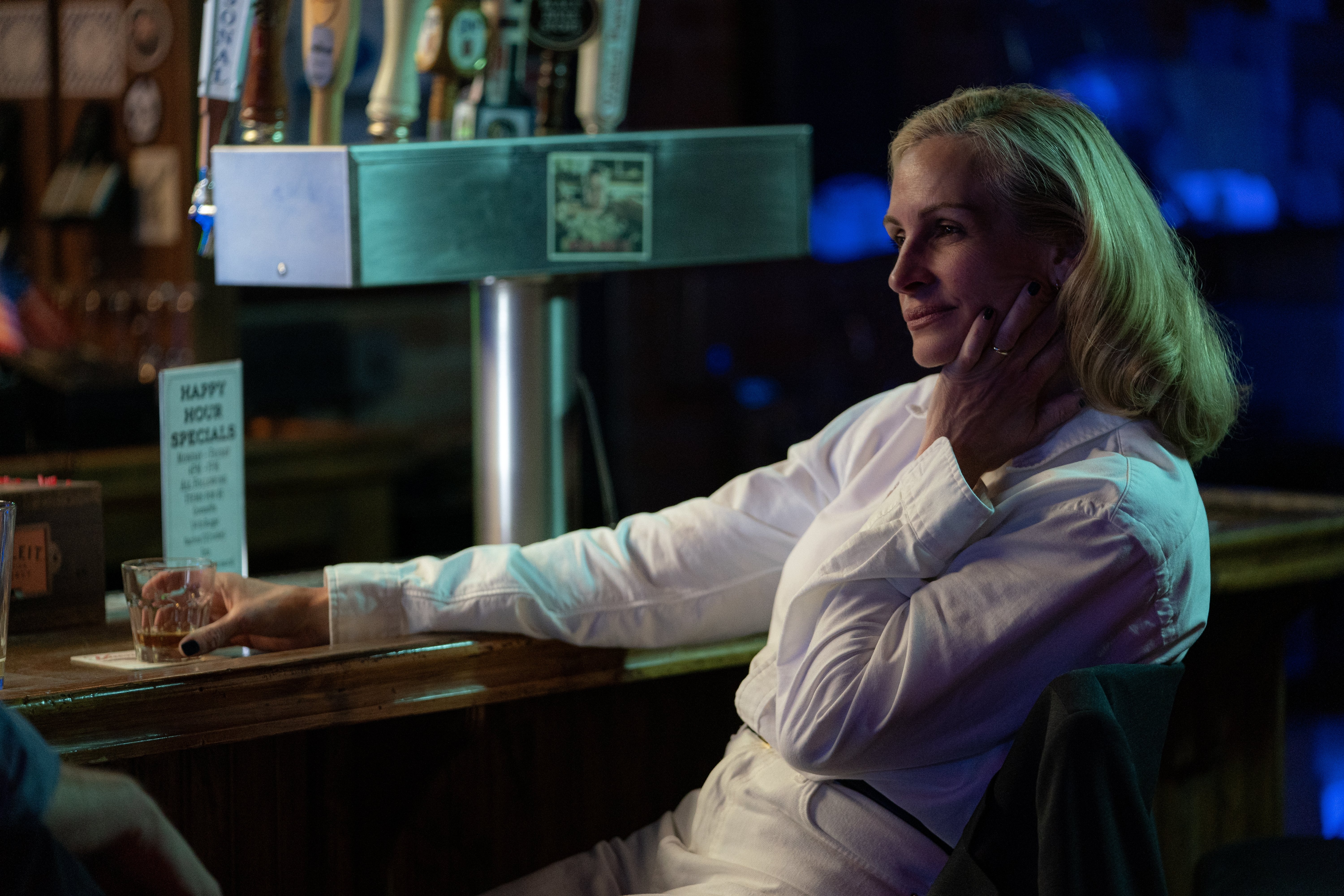
In terms of color, I tend to skew away from magenta, and the opposite of magenta is green. The world looks out of balance if it's skewing toward magenta, and Luca wanted everything to feel as authentic and real as possible. We’re not manufacturing hidden truths; they're buried in reality. Wherever we are, we understand the source of the light. It's not hyper-realistic or fantastical. Harris Savides [ASC] once said he lights the room — that’s atmosphere. We're building a world.
What considerations went into your choice of optics?
We opted for a single focal length for the entire film: 35mm. It lent the movie a simplicity — a clean, singular point of view. We experimented with different lenses, stocks, and processing it was like mixing ingredients in a recipe: This film stock, plus that lens, plus that processing method, under this lighting formula. Ultimately, we landed on Canon K35s. These lenses were Japan’s answer to the German Zeiss Super Speeds.
But they’re not pristine; they’ve aged, so you have to be precise. I know two sets inside out from Camtec, my trusted rental house for decades. We matched them. And because we ran three cameras in some scenes, we brought in a 35mm Falcon rehoused by Camtec, same glass, same soul.
When shooting with a single focal length and without a shot list, there's only so many ways to approach it.
Shooting a single focal length, with no rigid shot list, forces you into a kind of creative crucible. It narrows the choices, but paradoxically frees your imagination. You get into a flow, a rhythm. I love that. It’s very much like Thelonious Monk recording in one take: If the magic isn’t there, you don’t redo it, you ride with it. Luca works like that too — one take, maybe two — and that urgency sparks something electric, spontaneous. It feels theatrical. We find our proscenium, know how to move, how to capture. The constraints sharpen intuition, and that becomes the heartbeat of how we shoot.
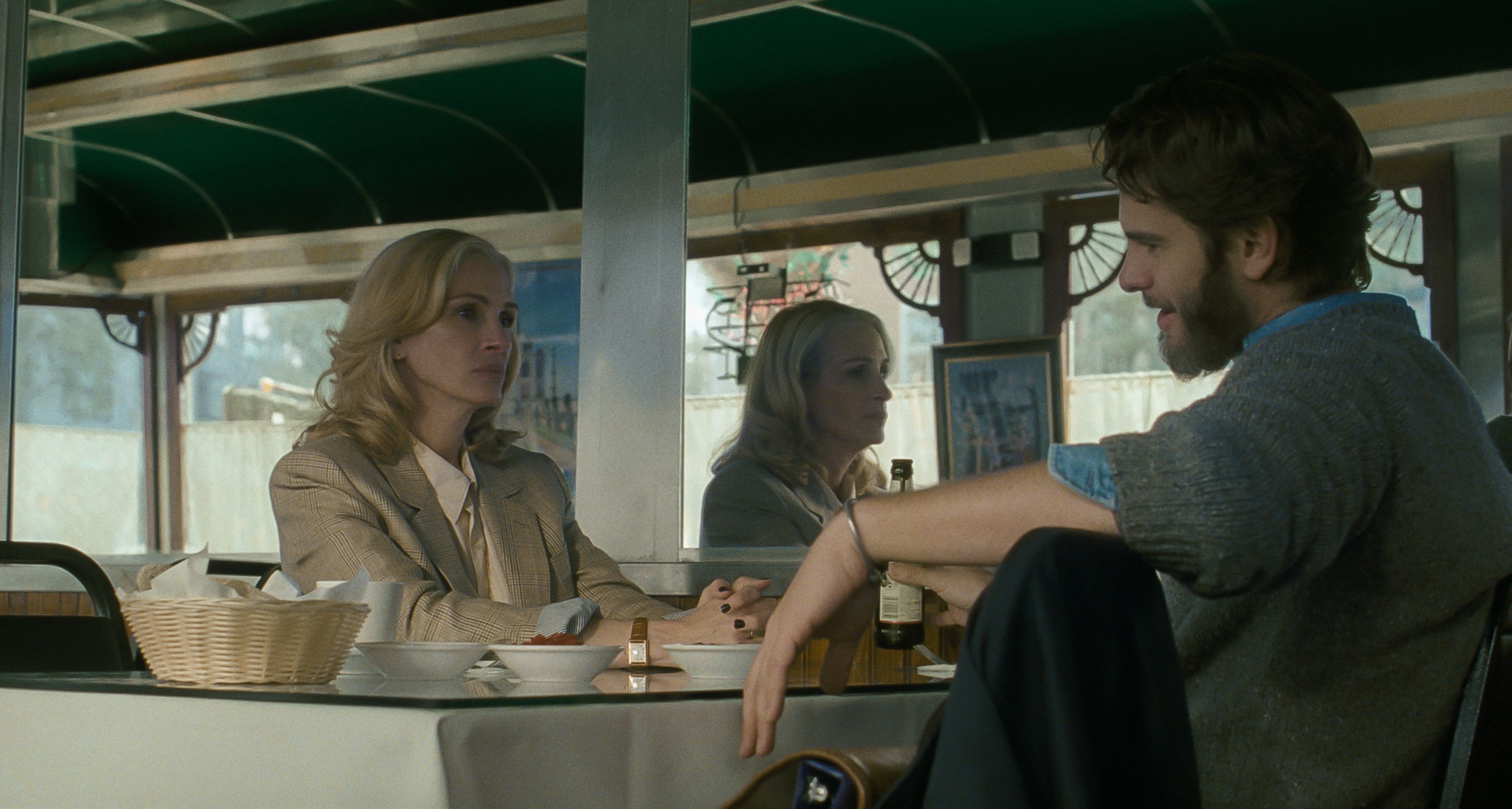
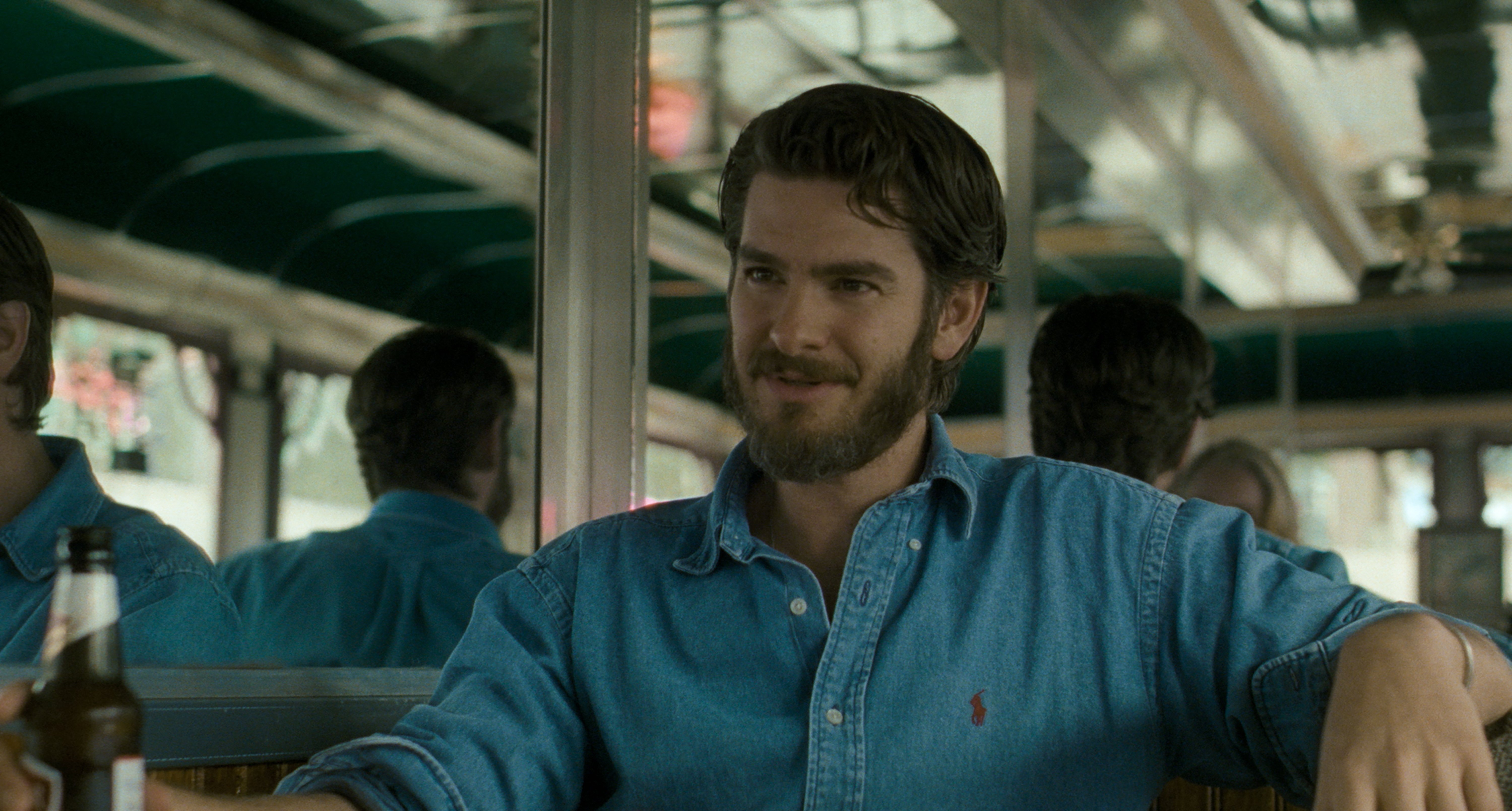
How did you go about testing film stocks?
Sayeed: We began in San Francisco, testing with Julia during camera rehearsals full hair, makeup, wardrobe. Then we flew to London for broader background tests: different textures, fabrics, colors, even wall swatches. We processed those tests at FotoKem. At one point, Luca and I even flirted with black-and-white shot it, tested it but in the end, color won.
In London, we also leaned on the newly reopened Kodak Film Lab. They battled to get the black-and-white just right; Antonio Rasura and his team pushed until it sang. But for After the Hunt we chose Kodak Vision3 200T (5213) as our primary negative, with 500T (5219) in reserve. The negative was processed at Kodak in London. The DI was performed at Harbor Picture Company by Joe Gawler and was facilitated by James Corless, who provided his immeasurable support.
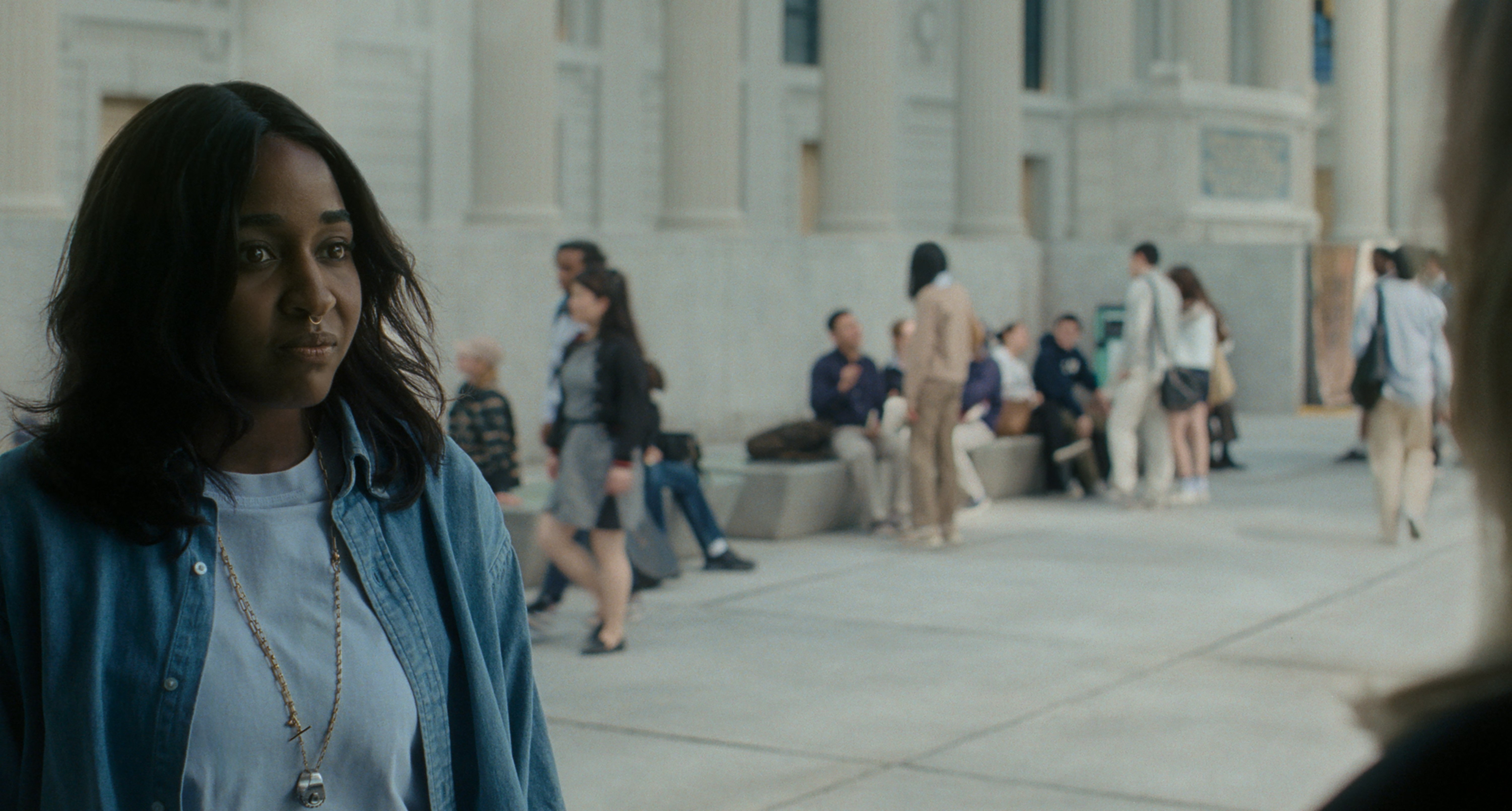

Is there a particular shot or setup you're especially proud of?
Sayeed: Most of the film was built on stages at Shepperton Studios: the Yale Quad, the Beinecke Library, the Tandoor restaurant; none of it shot on location at Yale. We even constructed the Three Sheets bar exterior, the interior, a pharmacy, Alma and Frederik’s apartment, and the wharf apartment. The wharf exterior was even shot over the Thames, with green- and blue-screen layered with plates from New Haven. A producer who’d studied at Yale told me later he was convinced we shot on campus, that’s how solid the craft was. That speaks to the level of craft that went into these sets from production designer Stefano Baisi and the crew. I'm very proud of all of that.
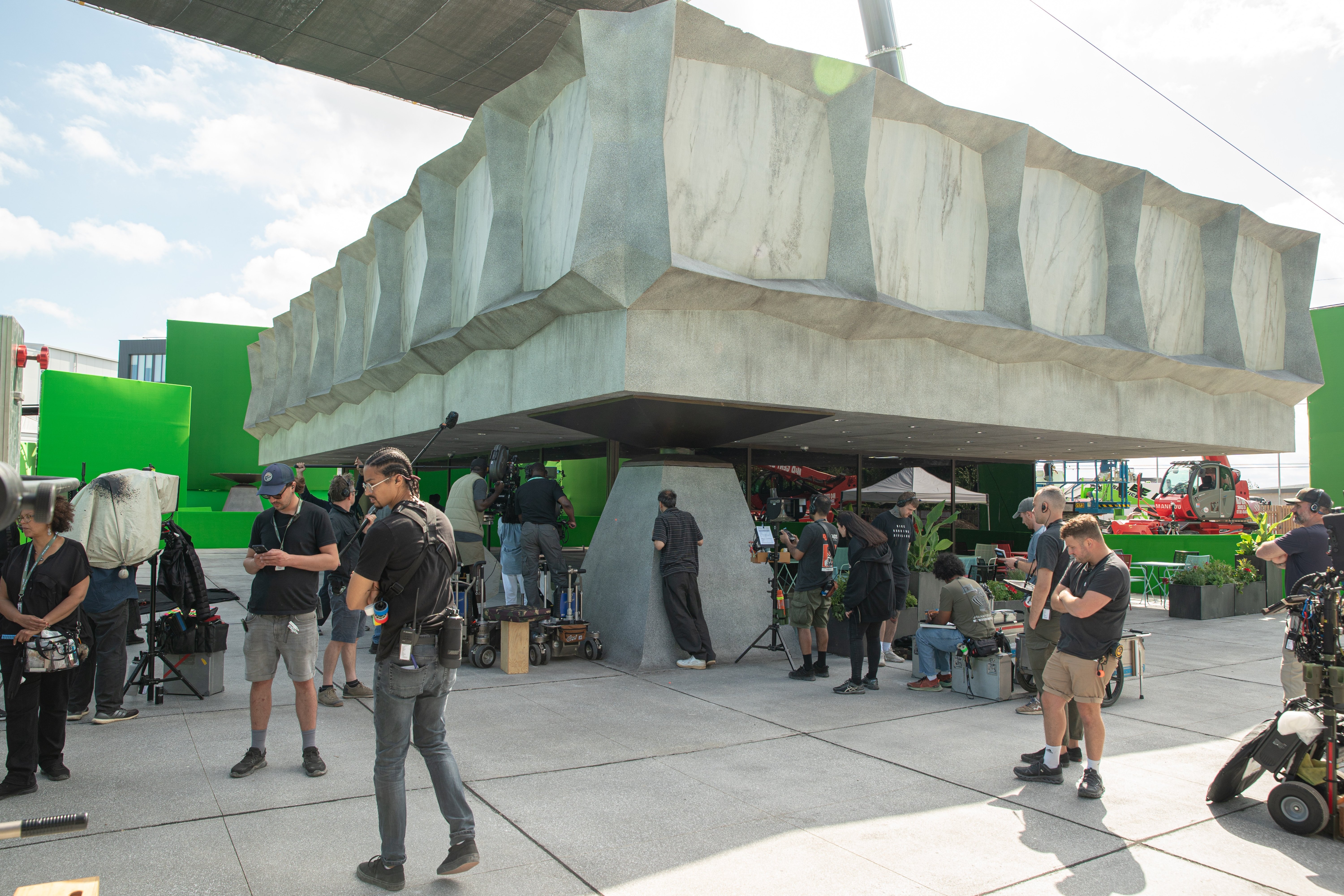
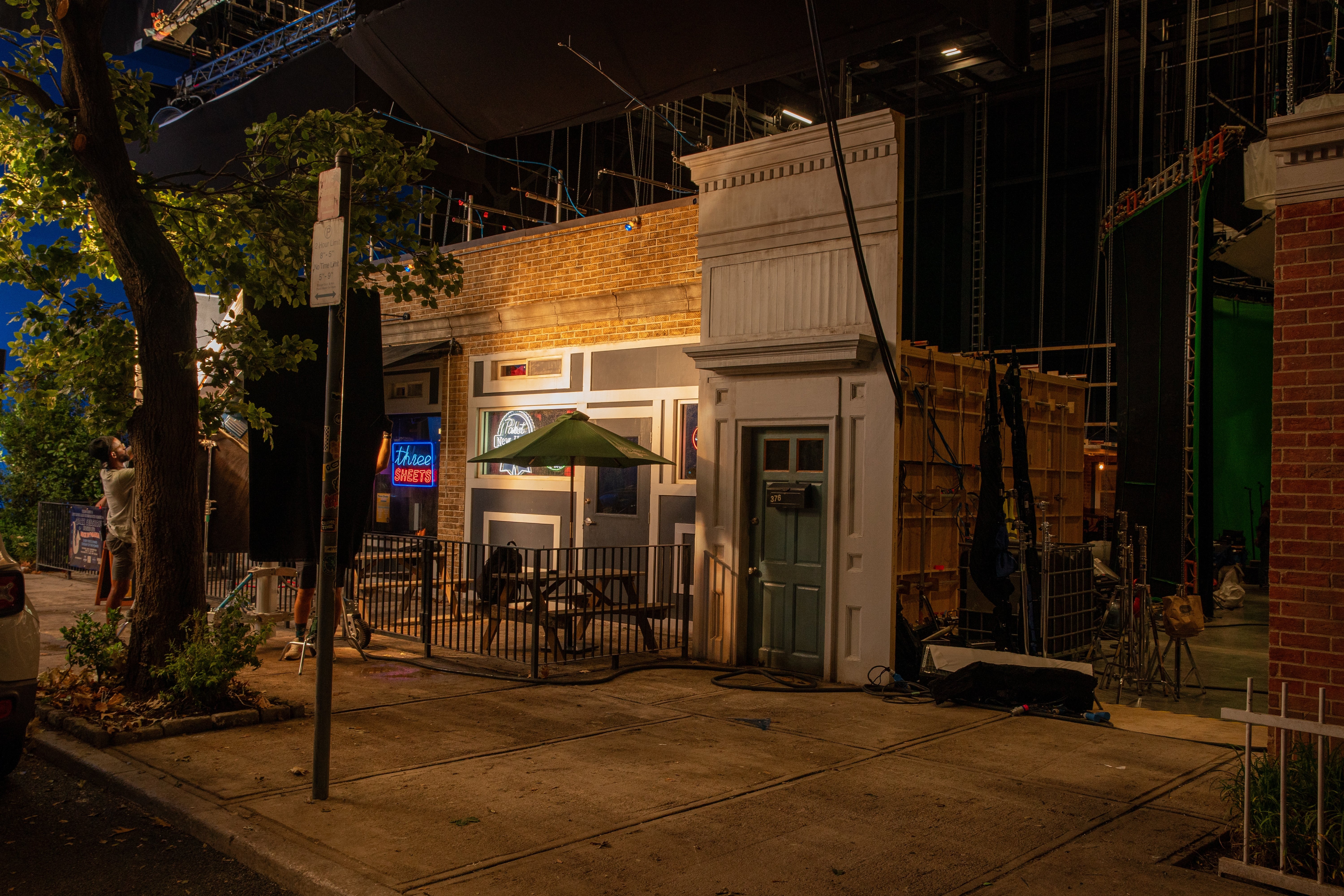
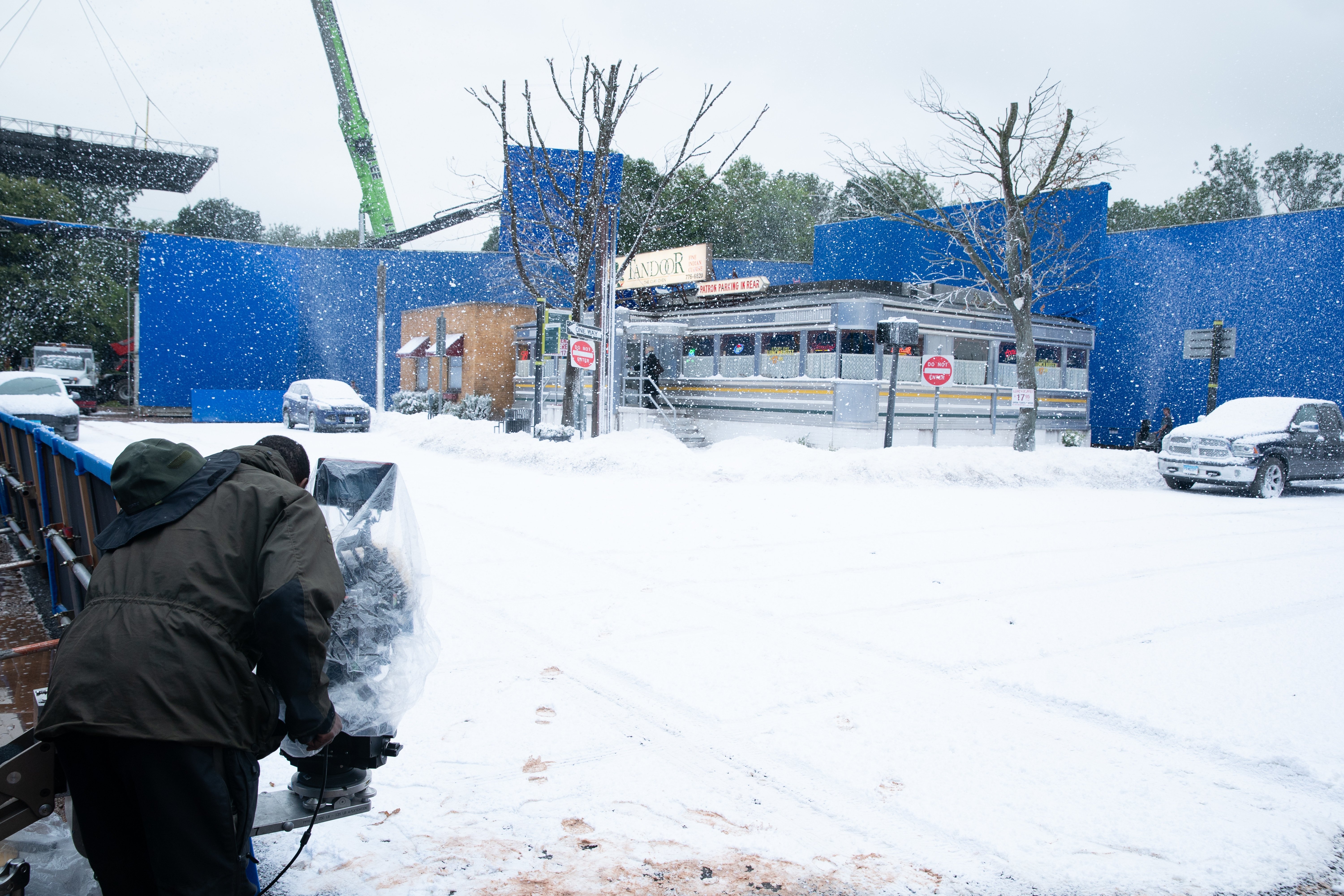
I’m deeply proud of that set work, but what really moves me is how we built the world inside Alma and Frederik’s apartment. Luca’s dressing of that space told a story: her things, his history, a legacy inherited from grandparents who fled Eastern Europe. It wasn’t just a location it became a character, a sanctuary, a womb of calm and safety.

The apartment space was really central to how we wanted to convey the emotional isolation of the characters, particularly Alma's. When it came to camera movement in that space, we kept things very deliberate and restrained. There were moments in which we kept the camera static, letting the emotional tension in the scene unfold without any distraction. Other times, the camera moves slowly and intentionally, but we avoid any unnecessary movement. We didn’t want the camera to compete with the emotion of the moment; it had to serve the story, not overshadow it.
Lighting the apartment set presented its own challenges. We used warm and soft lighting for comfort and calm. As for the exteriors, we used hard, directional lighting to make the space feel cold and oppressive, almost like a character in itself. We really wanted to avoid making the space feel warm or inviting, because that would’ve been in contrast to the characters' internal struggles. The lighting had to emphasize the characters' emotional distance not just physically, but psychologically, as well. We had to be precise with our framing, especially in a tight space like that. But rather than seeing those constraints as a hindrance, we leaned into them. It required a lot of coordination between the camera and lighting team, but it all came down to making sure that every element within the frame reflected the emotional state we were trying to capture.
Unit stills by Yannis Drakoulidis. Images courtesy of Amazon MGM Studios.

